As someone who has both sent musical submissions out (all over!) and received shows in (to our Academy Reading Series), I’ve just about gotten the musical submissions thing down. Crafting the presentation, polishing the pitch, and putting together an organized submission packet is important, but sending a clean, organized email is something you want to make a priority.
Here are 5 tips on submitting so your email doesn’t get instantly deleted (gasp!) or tossed to the side after the reader’s frustration from weeding through files (ugh!).
Did you know we have over 80 musical submissions listings available through our Academy membership? We’ve done the scouring for you! Join here.
1. Read the musical submission guidelines.
Submissions applications are all different. A few are open-ended (“Send your materials to ….”) but most are very specific about what and how they want your musical information sent. Here are several documents they could ask for:
- Cover letter
- Script
- Blind script
- First 10 pages of the script
- One complete scene
- Synopsis
- Character Breakdown
- Production history
- Audience appeal (why this?/why now?)
- Author bios
- Playwright resume
- Artistic statement
- What you hope to get out of this particular opportunity
- Proof of rights/ownership
- Demo recordings
- Lyric sheets
- Full score
Obviously, you won’t have to submit every one of these to each opportunity, but it’s a good idea to go ahead and get these ready and in a “submission packet” folder on your computer. Update as necessary, but it will make the process much easier if you’ve got these ready to go instead of building a new file every time.
Also, pay attention to the specifics of the requirements! Do they ask for 3 demos? Don’t send 5. Do they want a 10-page sample only? Don’t send the full script. Respect their time and do what they ask.
The #1 biggest mistake is that people do not read the submission guidelines. There are a lot of different applications and they all have different guidelines. The #2 mistake is that people mistake quantity over quality. More material does not give preferential treatment. Mostly it means that you have not read the submission guidelines (see above).
~Robert Meffe, Head of MFA Musical Theatre Program, San Diego State University
2. Be sure your script is formatted according to industry standards for musicals.
West Hyler, Producing Art Director of NYMF, told me the number one mistake they see in musical submissions is poor formatting. He says, “Having a script properly formatted immediately lets the reader know that you’ve done your homework, you’ve read musicals in libretto form, you’ve found a way to be a part of the community (whether through professional theater or colleagues, or even community theater participation where you became familiar with a licensed libretto). When a script has none of this formatting, it suggests that the writer has looked only at their own computer without taking the time to research the artform thoroughly.”
MusicalWriters.com offers Script Formatting Service, or click here for our MusicalWriters Final Draft template, Musicals Formatting Guide, and other resources.
3. Specify your Musical Numbers within the script.
Include a “Musical Numbers” page in your script with the titles and page numbers clearly marked. Also include the musical titles on the correct pages of the script. Be certain your mp3 music demos have the same titles and numbers as what is listed in the script. For example: “4 – The Beloved.mp3”
I would say the biggest “mistake” made when submitting is to forget the experience of the reader. Writers know every page of their show but a new reader knows nothing about it at all. Clearly labeling demos so a reader knows when to stop and listen to a recording is a big one. Another one is changing a character name – do a full document search and make triple sure the old name doesn’t appear in stage directions or nickname form.
~Ciera Iveson, New Works Director, National Alliance for Musical Theatre
4. Create PDFs for each piece of the submission. (Don’t copy and paste your submission info into your email.)
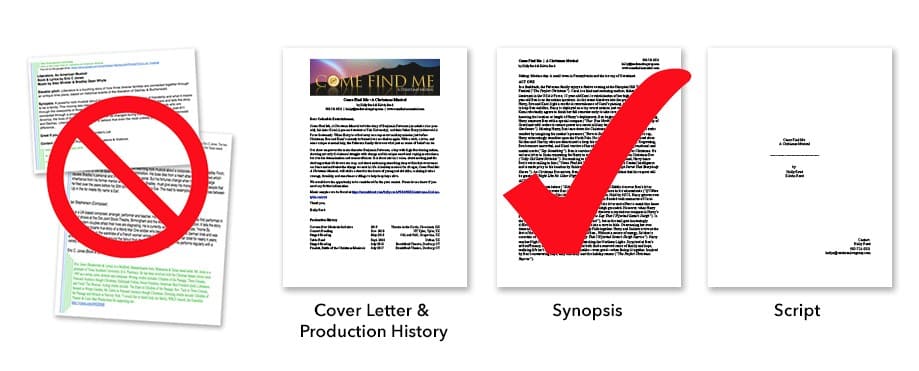
As a general rule, you don’t want your submission information as text in the body of the email. It’s not easily saved and requires the reader to copy and paste it into another document to save for later, and it’s highly likely they’re not going to take the time to do that. Also don’t forward a previous submission. You want the person receiving the email to not only find your information easily, but they need to know they’re a priority, not a forward from 50 previous submissions.
While it may feel cumbersome to write a new email EVERY TIME you submit, it makes a difference to take the extra time.
TIP: In your email program, instead of hitting “forward” to send the submission again, look in your email menu and select “Send Again.” This generates a clean new email using the information in the current email, just as if you wrote it all in again. Update the email address, subject and salutation line to reflect the new submission, and you’re good to go.
How to Structure your Email
Your email should just be an intro with instructions on where to find your materials. Here’s a good format to use for your emails:
Dear [Staff of] [Submission Opportunity Title],
I would like to submit my musical, [Title of Show], for your consideration and review.
[Title of Show] tells the story of …. (keep this to around 2-3 sentences).
[Title of Show] is timely in today’s theatre market because it centers around themes of …. (keep this to around 2-3 sentences).
The submission documents requested can be found in this dropbox folder: [link]
Our demo recordings are on SoundCloud here: [link]
Videos may also bee seen on YouTube: [link]
You may also visit our website, [www.mymusical.com], for further information.
Please let me know if there are any additional materials you need. Thank you for your time and consideration.
[Your name]
[Your phone number]
[Your email address]
5. Send ONE email. Then move on!
Because of the size of music files, people often send multiple emails with their music attached. Most musical submissions require 3-5 songs, which should fit in a single email. If your files are extremely large, consider saving at a lower file size (your listener won’t notice). Or create a Dropbox folder (or similar online folder within Google docs, Box, etc.) with all of your music files inside and send a link in the email submission. You can also upload your music files to an online service such as SoundCloud and place the link to the playlist in your email.
A red flag and common mistake for me is a musical that sends no way of listening to the music. Either sending the sheet music (I can’t read music so that’s not helpful!) or a CD (I have no way of playing a CD these days). It doesn’t need to be great quality, but if it’s a musical we need to be able to hear a few songs.
~Kayla Greenspan, Producing Associate, TBD Productions
Don’t call them, they’ll call you.
After you submit, sit tight. Actually, scratch that. After you submit, MOVE ON. Find a new opportunity or start a new show. Don’t email again to “see how it’s going.” It can take up to 6 months for most companies to read material. Don’t waste time waiting. Just let it go. You have better things to do!
A few other tips from artistic directors and producers:
Always provide a strong, concise plot summary. The plot summary should sell the show. Additionally, we have a hard time considering shows with limited or no demos to indicate the range of songs and song styles within the show.
~Rachel Elise Johnson, Executive Director – Underscore Theatre Company, Festival Producer – Chicago Musical Theatre Festival
I’d say that if you’re a good writer but not a great singer or actor…make the effort to lay down a demo track with someone who can really lift your work off the page. Our team does try hard to listen past the quality of a demo and to focus on the actual writing elements, but it can be challenging. (We are also conversely aware that a highly produced demo might not in fact be great writing!) It truly doesn’t have to sound like a professional studio recording. But writers should do a gut check with themselves or a trusted confidant to ensure that there is little to distract the listener from understanding your musical and dramatic intent.
~Christopher Maikish, Co-Founder, A Little New Music
Don’t forget: Put your name and contact information on EVERY PDF. Also maybe add a header that tells what that particular document is (Synopsis, Development History, Goals, Artistic Statement). I have received so many musical submission pdfs that don’t have a name on them or any indication what that particular document is addressing. Just a single paragraph on a single page. ARGH! Don’t forget English class, folks!




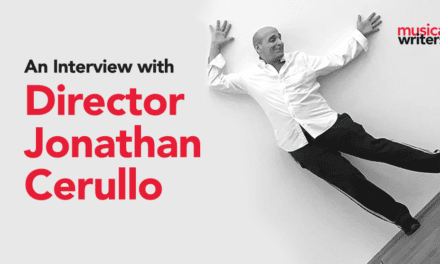


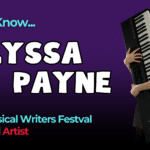





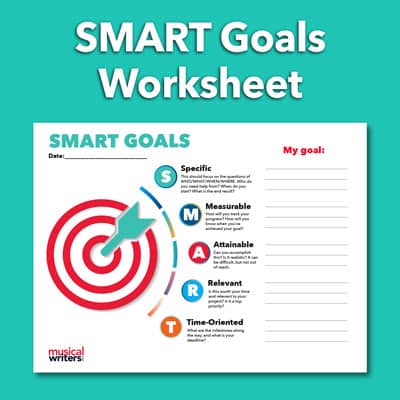


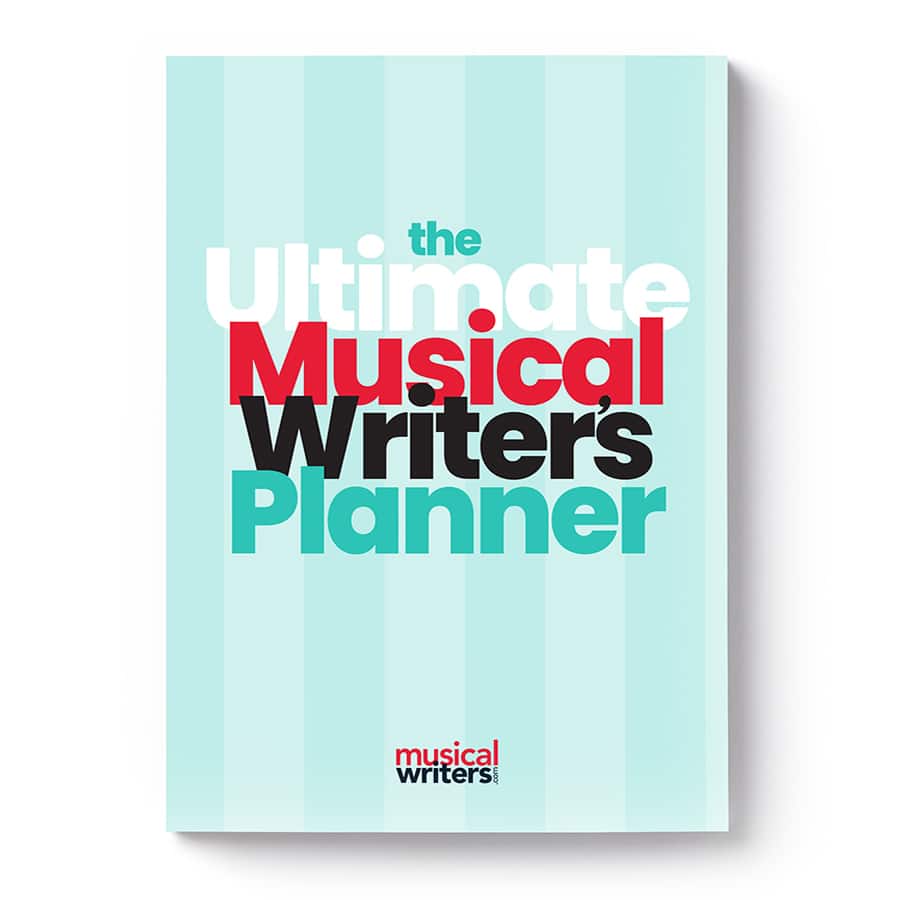
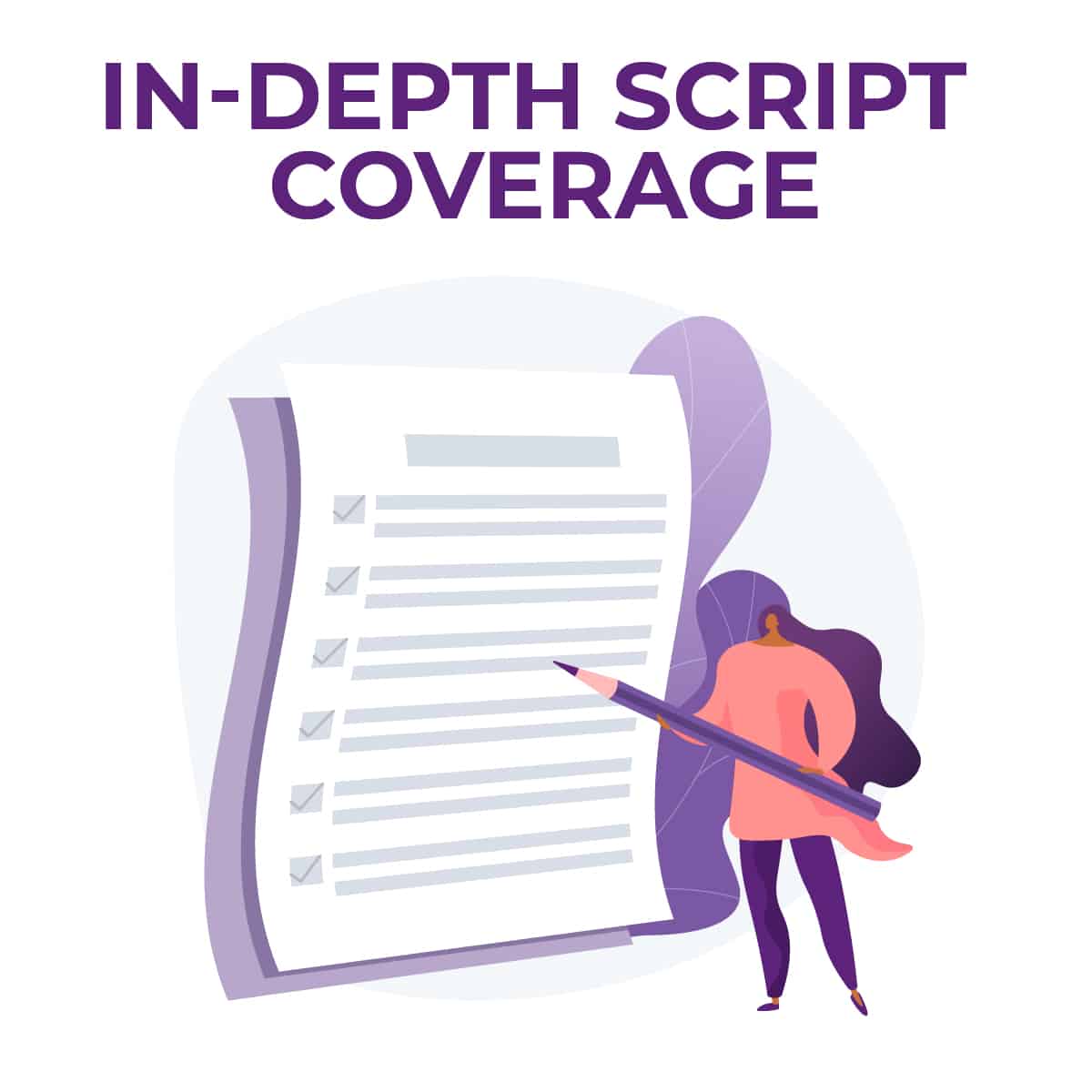

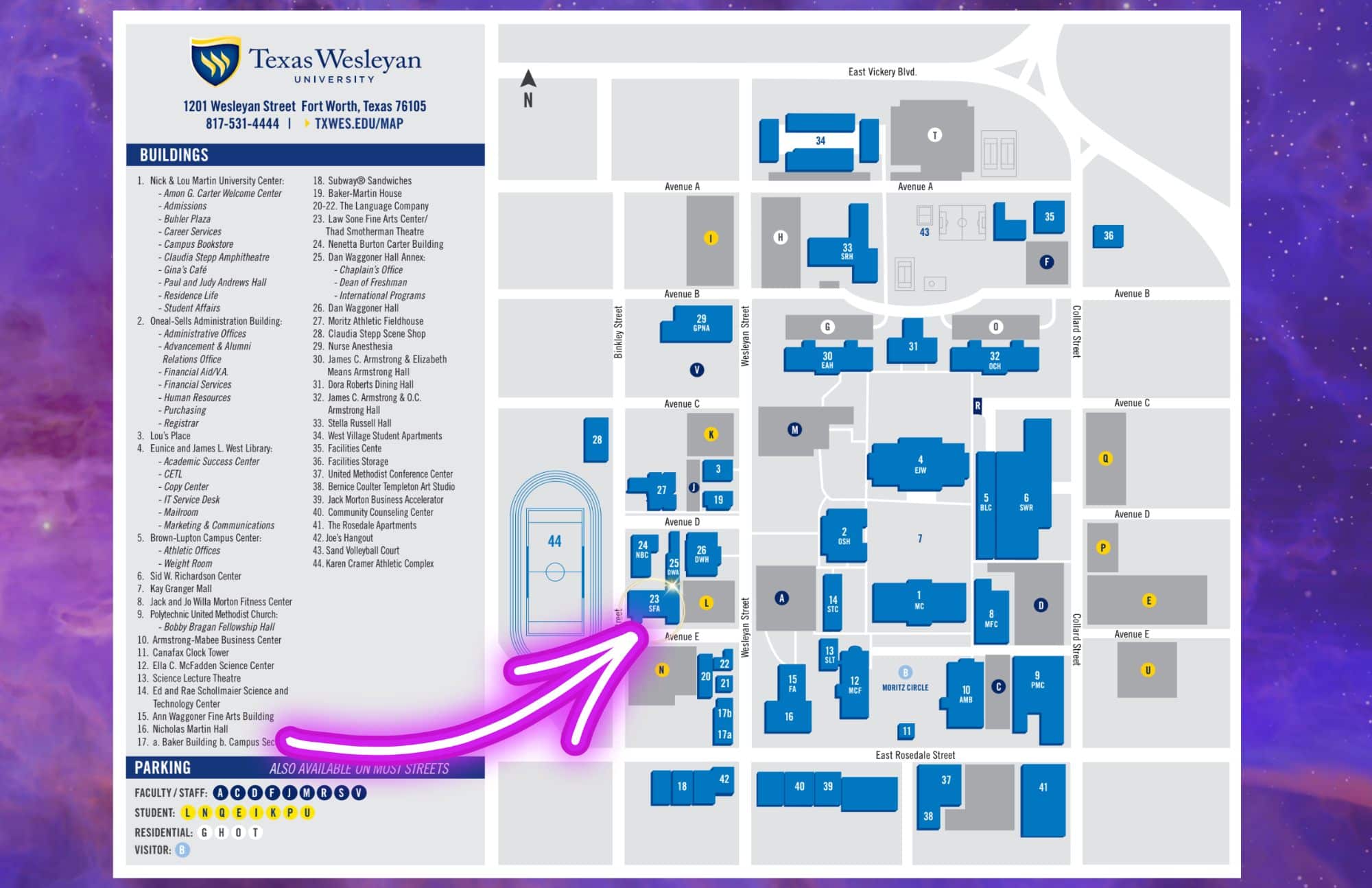
Many thanks for your submissions advice. Invaluable.
Thanks so much, Michael! Glad it was helpful to you!
You have been very helpful i have a musical which premiered just before this pamdenic it had 6 sellout shows and i now would like to offer it to a charity when this ends the show is called Twisted (the later years) it has a web site http://www.twisted-musical .com